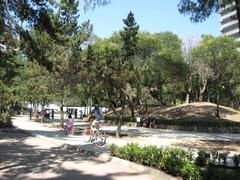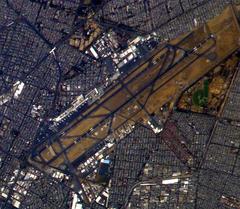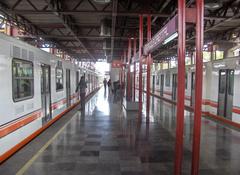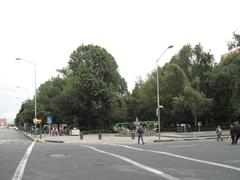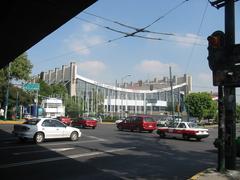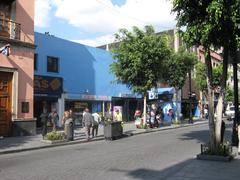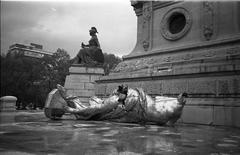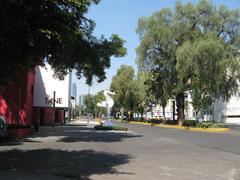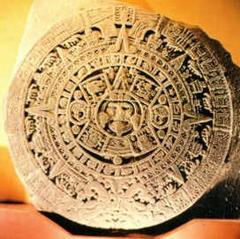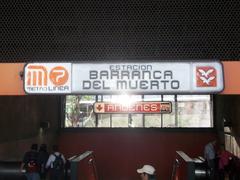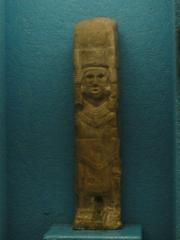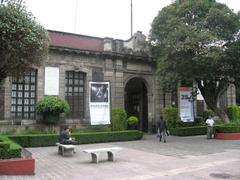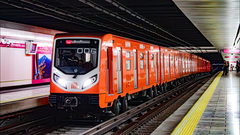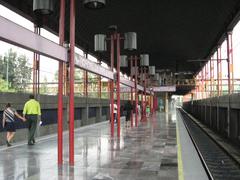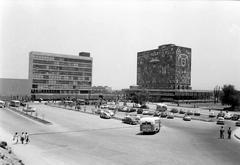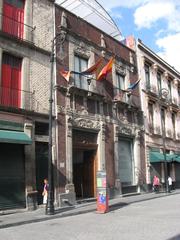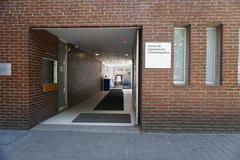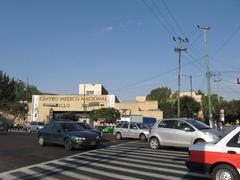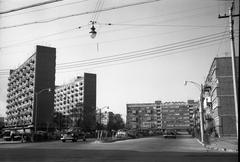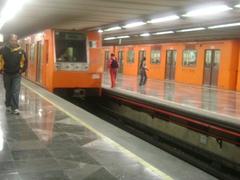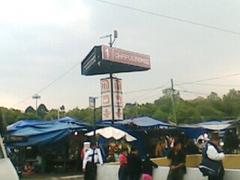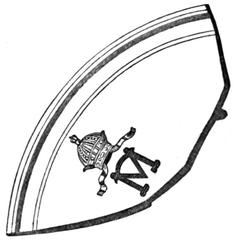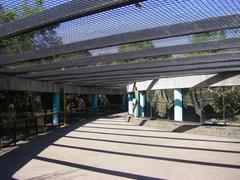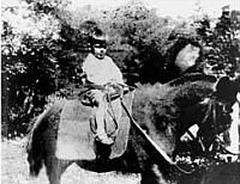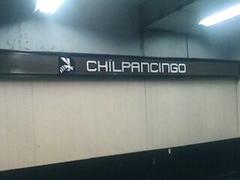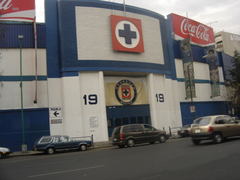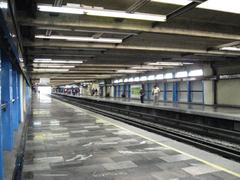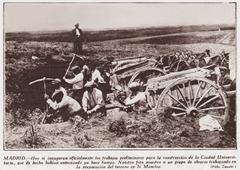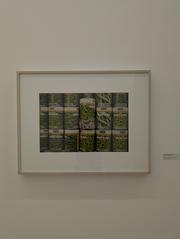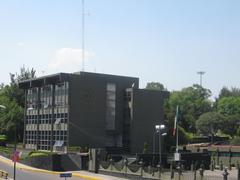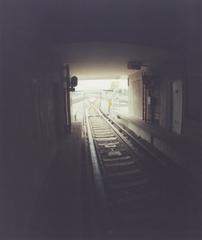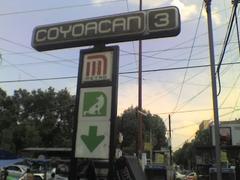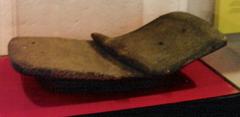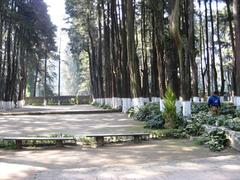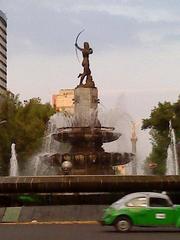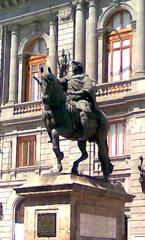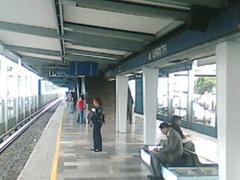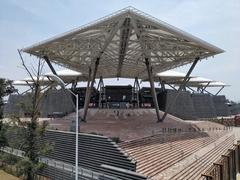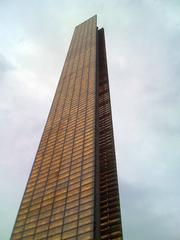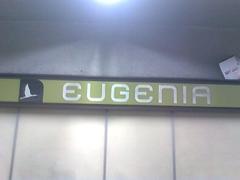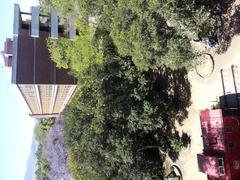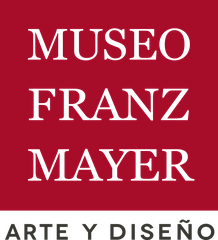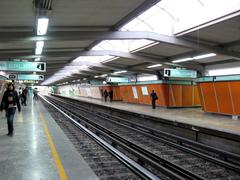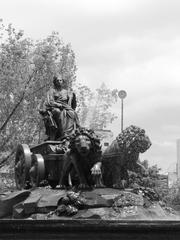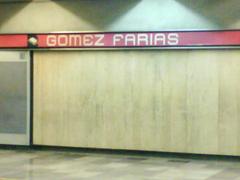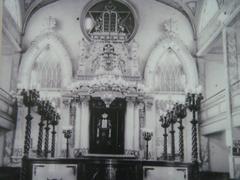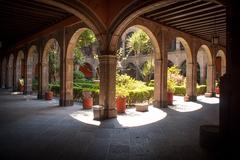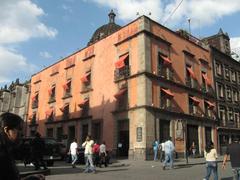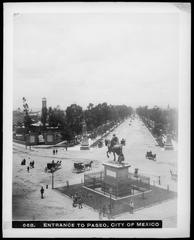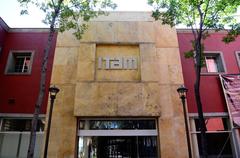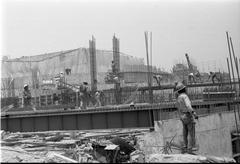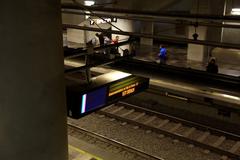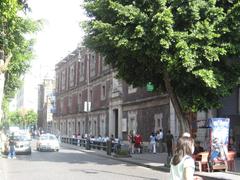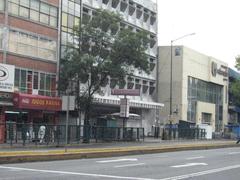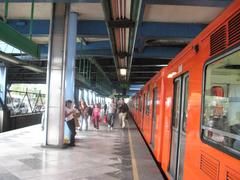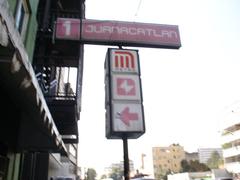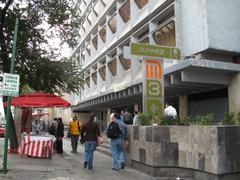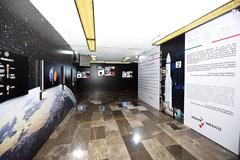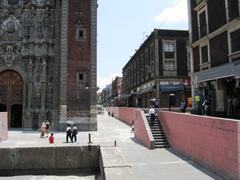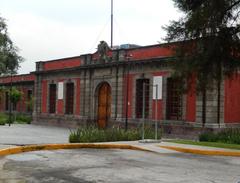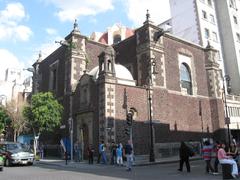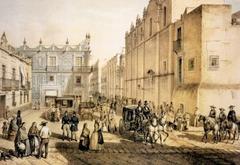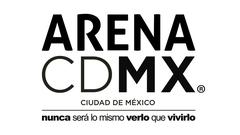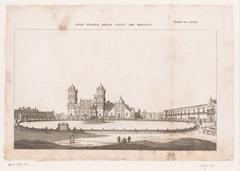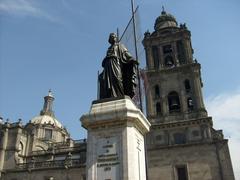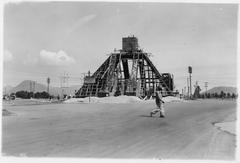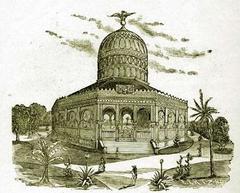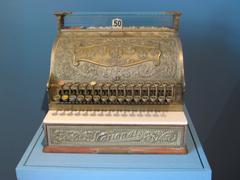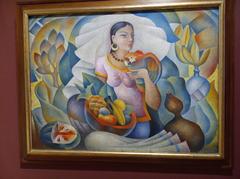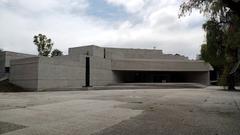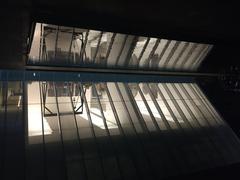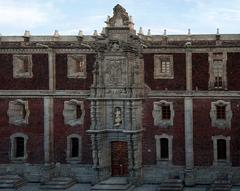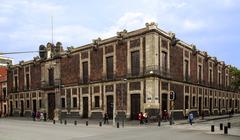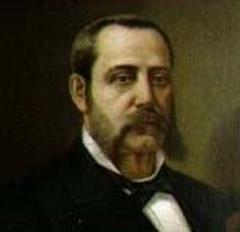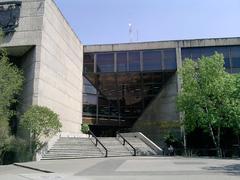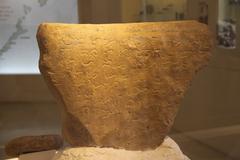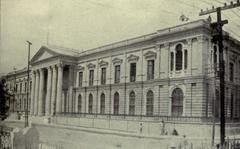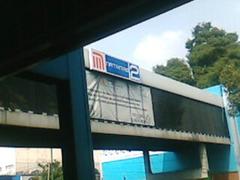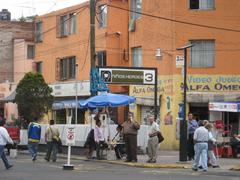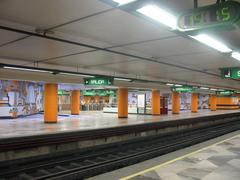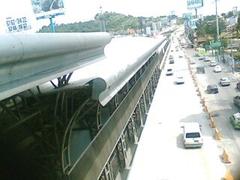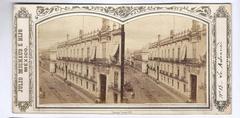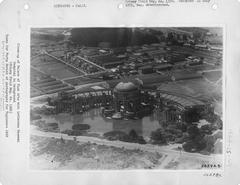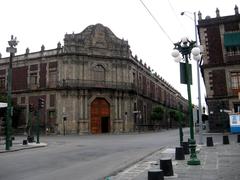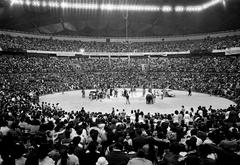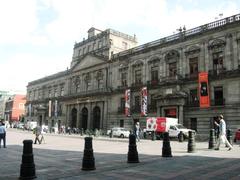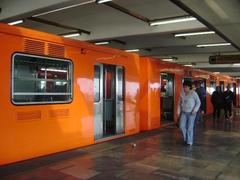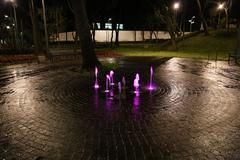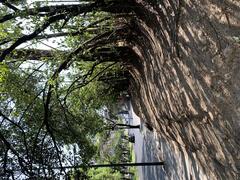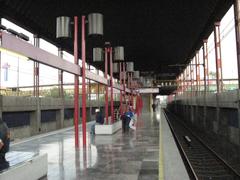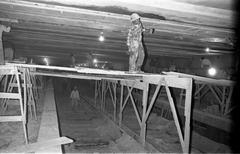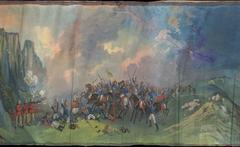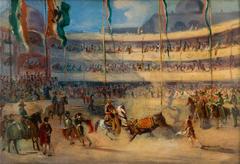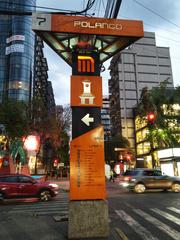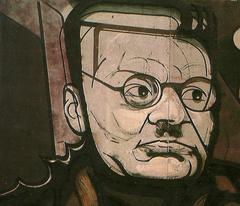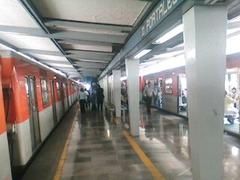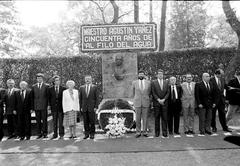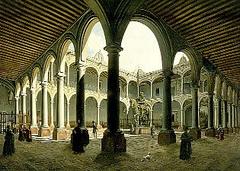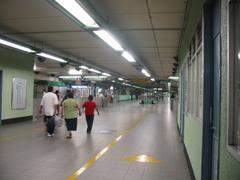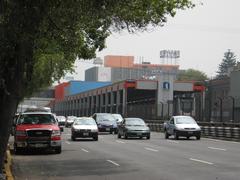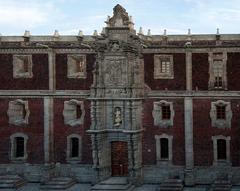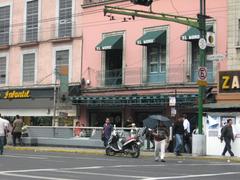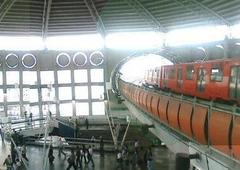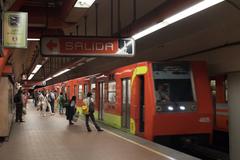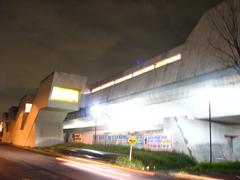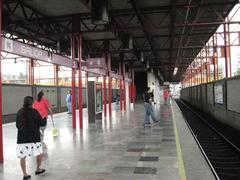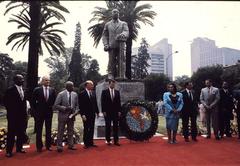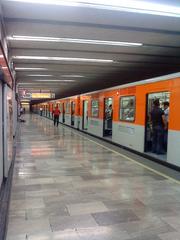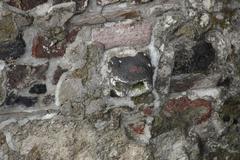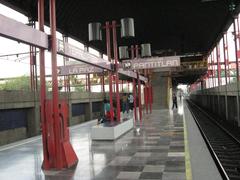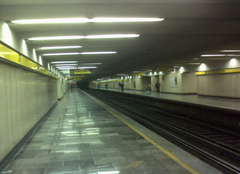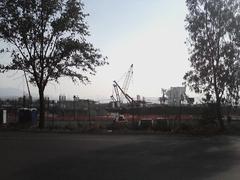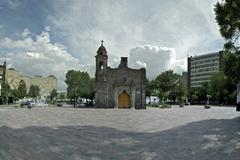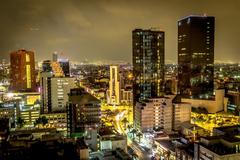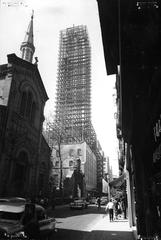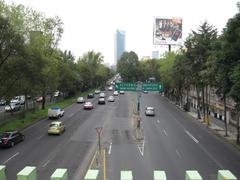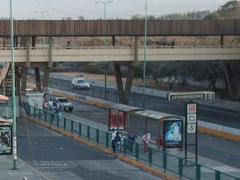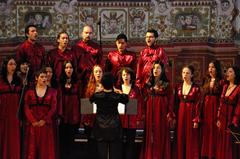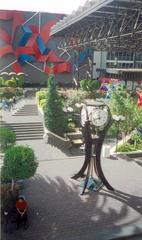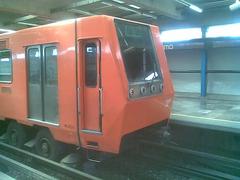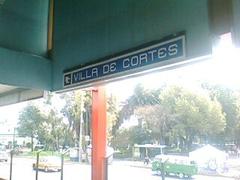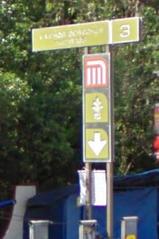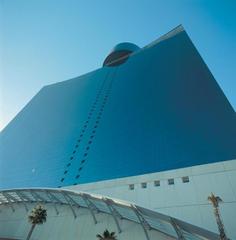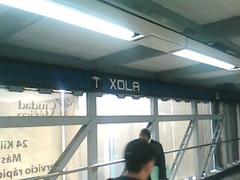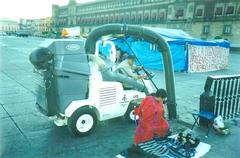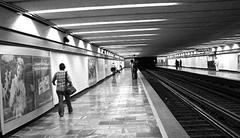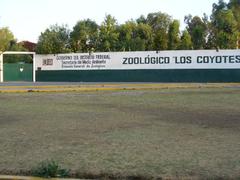Visiting Hours, Tickets, and Historical Sites at Palacio Nacional in Mexico City
Date: 23/07/2024
Introduction
The Palacio Nacional, located in the heart of Mexico City, stands as a monumental testament to Mexico’s rich and tumultuous history. This iconic palace, established on the remnants of Moctezuma II’s palace, has witnessed pivotal moments in the country’s evolution, from the Aztec Empire to the modern-day Mexican Republic. As a visitor, you will not only explore the architectural grandeur of this historic site but also immerse yourself in the cultural and artistic heritage preserved within its walls. The palace houses numerous significant artworks, including Diego Rivera’s famous murals that vividly depict Mexico’s history from pre-Columbian times to the Mexican Revolution. Whether you’re a history enthusiast, an art lover, or a curious traveler, the Palacio Nacional promises an enriching and unforgettable experience. For more insights into its history, significance, and visitor information, continue reading this comprehensive guide. (Gob.mx)
Table of Contents
- [Introduction](#introductionintroduction)
- [History of Palacio Nacional](#history-of-palacio-nacionalhistory-of-palacio-nacional)
- [Pre-Colonial and Colonial Era](#pre-colonial-and-colonial-erapre-colonial-and-colonial-era)
- [Independence and Republican Era](#independence-and-republican-eraindependence-and-republican-era)
- [20th Century and Modern Era](#20th-century-and-modern-era20th-century-and-modern-era)
- [Architectural Significance](#architectural-significancearchitectural-significance)
- [Visitor Tips](#visitor-tipsvisitor-tips)
- [Opening Hours](#opening-hoursopening-hours)
- [Admission](#admissionadmission)
- [Guided Tours](#guided-toursguided-tours)
- [Diego Rivera Murals](#diego-rivera-muralsdiego-rivera-murals)
- [Security](#securitysecurity)
- [Photography](#photographyphotography)
- [Nearby Attractions](#nearby-attractionsnearby-attractions)
- [Zócalo](#zócalozócalo)
- [Metropolitan Cathedral](#metropolitan-cathedralmetropolitan-cathedral)
- [Templo Mayor](#templo-mayortemplo-mayor)
- [Museo Nacional de Arte](#museo-nacional-de-artemuseo-nacional-de-arte)
- [Practical Information](#practical-informationpractical-information)
- [Location](#locationlocation)
- [Transportation](#transportationtransportation)
- [Accessibility](#accessibilityaccessibility)
- [FAQ](#faqfaq)
- [What are the visiting hours of Palacio Nacional?](#what-are-the-visiting-hours-of-palacio-nacionalwhat-are-the-visiting-hours-of-palacio-nacional)
- [Is entry to Palacio Nacional free?](#is-entry-to-palacio-nacional-freeis-entry-to-palacio-nacional-free)
- [Can you take photos inside Palacio Nacional?](#can-you-take-photos-inside-palacio-nacionalcan-you-take-photos-inside-palacio-nacional)
- [Conclusion](#conclusionconclusion)
- [References](#referencesreferences)
History of Palacio Nacional
Pre-Colonial and Colonial Era
The site of the Palacio Nacional has a rich history that dates back to the Aztec Empire. It was originally the palace of Moctezuma II, the ninth emperor of the Aztecs. When the Spanish conquistadors, led by Hernán Cortés, arrived in 1519, they seized the palace and used it as their headquarters. The original structure was largely destroyed during the Spanish conquest, but its foundations were used to build the new palace for the Spanish viceroys.
In 1562, the construction of the Palacio Nacional began under the orders of Viceroy Luis de Velasco. The building was designed to serve as the residence of the viceroys of New Spain and the seat of the colonial government. The palace underwent several expansions and renovations over the centuries, reflecting the changing architectural styles and political needs of the time.
Independence and Republican Era
After Mexico gained independence from Spain in 1821, the Palacio Nacional became the official residence of the President of Mexico and the seat of the executive branch of the government. The building continued to evolve, with significant renovations carried out during the presidency of Benito Juárez in the mid-19th century. Juárez’s reforms aimed to modernize the palace and make it a symbol of the new republican government.
One of the most notable changes during this period was the addition of the central balcony, from which the president addresses the nation on important occasions, such as the annual Grito de Dolores on September 15th, commemorating the start of the Mexican War of Independence.
20th Century and Modern Era
In the early 20th century, the Palacio Nacional underwent further renovations under the presidency of Porfirio Díaz. The building was expanded, and new wings were added to accommodate the growing needs of the government. The most significant addition during this period was the construction of the National Palace’s main courtyard, which features a series of murals by the renowned Mexican artist Diego Rivera.
Rivera’s murals, painted between 1929 and 1951, depict the history of Mexico from pre-Columbian times to the Mexican Revolution. These murals are considered some of Rivera’s most important works and are a major attraction for visitors to the palace.
Architectural Significance
The Palacio Nacional is an architectural masterpiece that reflects the rich history and cultural heritage of Mexico. The building is a blend of various architectural styles, including Baroque, Neoclassical, and Art Deco. The main façade, which faces the Zócalo, Mexico City’s central square, is an excellent example of Baroque architecture, with its ornate details and grand proportions.
The interior of the palace is equally impressive, with its grand staircases, elegant courtyards, and richly decorated rooms. The Salón de Recepciones, or Reception Hall, is one of the most opulent rooms in the palace, featuring intricate woodwork, crystal chandeliers, and luxurious furnishings.
Visitor Tips
Opening Hours
The Palacio Nacional is open to the public from Tuesday to Sunday, 9:00 AM to 5:00 PM. It is closed on Mondays and public holidays.
Admission
Entry to the palace is free, but visitors are required to present a valid ID at the entrance.
Guided Tours
Guided tours are available in both Spanish and English. These tours provide valuable insights into the history and significance of the palace and its artworks.
Diego Rivera Murals
Don’t miss the opportunity to see Diego Rivera’s murals, which are located in the main courtyard and the staircases. These murals are a highlight of any visit to the palace.
Security
Security is tight at the Palacio Nacional, and visitors are required to pass through metal detectors and have their bags checked. It is advisable to travel light and avoid bringing large bags or backpacks.
Photography
Photography is allowed in most areas of the palace, but the use of flash and tripods is prohibited. Be sure to check the specific rules for each area before taking photos.
Nearby Attractions
Zócalo
The Zócalo, or Plaza de la Constitución, is the main square of Mexico City and one of the largest city squares in the world. It is surrounded by historic buildings, including the Metropolitan Cathedral and the Templo Mayor.
Metropolitan Cathedral
The Metropolitan Cathedral, located on the north side of the Zócalo, is the largest and oldest cathedral in the Americas. It is an architectural marvel with its blend of Gothic, Baroque, and Neoclassical styles.
Templo Mayor
The Templo Mayor is an ancient Aztec temple complex located just a short walk from the Palacio Nacional. The site includes a museum that houses artifacts from the Aztec civilization.
Museo Nacional de Arte
The Museo Nacional de Arte, located a few blocks from the Zócalo, is home to an extensive collection of Mexican art from the 16th to the 20th centuries.
Practical Information
Location
The Palacio Nacional is located at Plaza de la Constitución S/N, Centro Histórico, 06066 Ciudad de México, CDMX, Mexico.
Transportation
The palace is easily accessible by public transportation. The nearest metro station is Zócalo (Line 2), which is just a short walk from the palace.
Accessibility
The Palacio Nacional is wheelchair accessible, with ramps and elevators available for visitors with mobility issues.
FAQ
What are the visiting hours of Palacio Nacional?
The Palacio Nacional is open from Tuesday to Sunday, 9:00 AM to 5:00 PM. It is closed on Mondays and public holidays.
Is entry to Palacio Nacional free?
Yes, entry to the palace is free, but you must present a valid ID at the entrance.
Can you take photos inside Palacio Nacional?
Photography is allowed in most areas, but the use of flash and tripods is prohibited. Check specific rules for each area before taking photos.
Conclusion
Visiting the Palacio Nacional offers a profound journey through Mexico’s historical, architectural, and cultural evolution. From its origins as Moctezuma II’s palace to its current role as a symbol of Mexican identity and resilience, the Palacio Nacional embodies the nation’s storied past and vibrant heritage. By exploring its grand courtyards, intricate architectural details, and Diego Rivera’s compelling murals, visitors gain a deeper appreciation of the events and figures that have shaped Mexico. To ensure a smooth and enjoyable visit, take advantage of the practical tips provided, including information on opening hours, guided tours, and nearby attractions. For the latest updates and more travel tips, download the Audiala mobile app and follow us on social media. Enjoy your visit to this iconic landmark and the many cultural treasures Mexico City has to offer. (Visit Mexico, Gob.mx)
